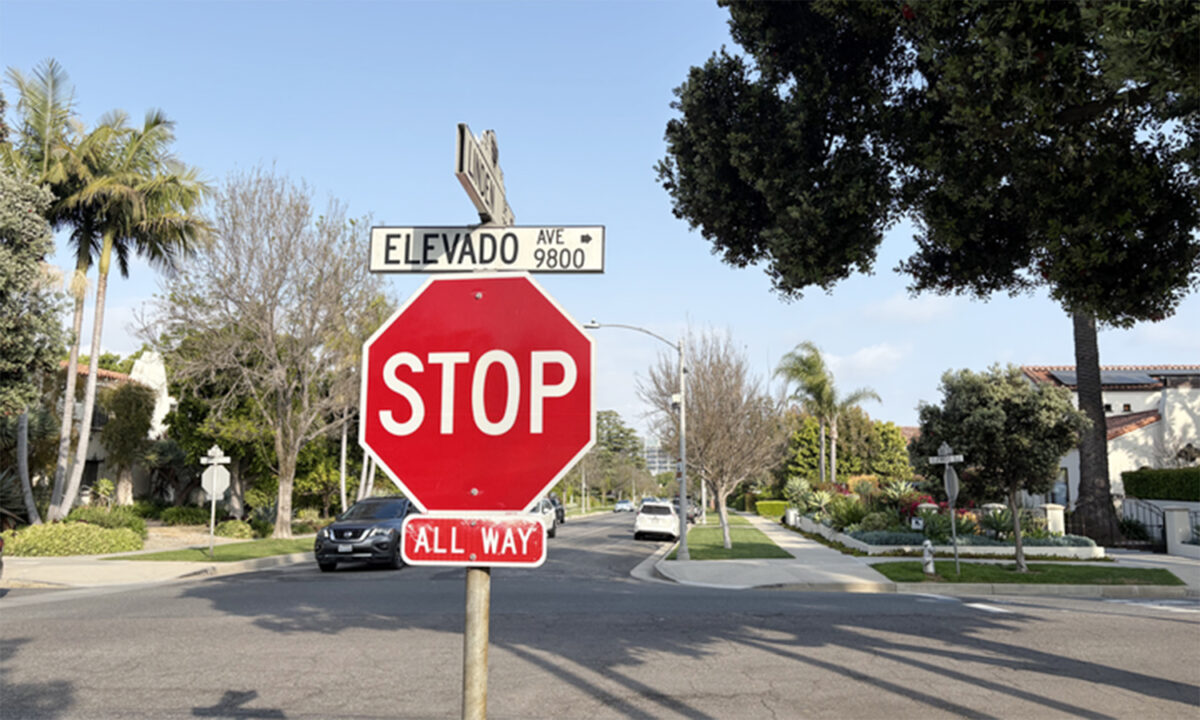The Beverly Hills City Council unanimously approved an interim ordinance on Dec. 17 to prohibit residential development projects that fail to comply with inclusionary housing requirements. The 45-day urgency ordinance is set to be replaced by a permanent one during that timeframe.
The ordinance comes in tandem with a state-mandated requirement that Beverly Hills must build hundreds of new housing units in the next decade under the State Housing Law. The precise number of units will be determined by the Southern California Association of Governments (SCAG) in 2020.
“The question is, what can we do to preserve some sort of affordability so that we have a balance,” posited Mayor John Mirisch, who has consistently touted the City’s desire to institute a robust inclusionary housing program with linkage fees. “When you get to what percentage that should be, that is an economic and a financial decision, but it is a philosophical one as well.”
California currently ranks 49th in the nation for the number of housing units per capita, with market rate housing in Beverly Hills essentially translating to luxury housing.
According to Assistant Director of Community Development Ryan Gohlich, the City has a built a “very small number of units” in recent years.
“We tend to average fewer than 10 to 20 units a year and some years we don’t have any units,” he said.
Per the ordinance, which went into effect at midnight on Dec. 18, developers of multifamily residential projects will now be required to include affordable units in new projects or pay an affordable housing fee in-lieu of providing the units depending on the size of the project. Any multifamily housing project with fewer than five units would be exempt.
Longtime resident and developer Lenny Rosenblatt was the only member of the community to speak out against the ordinance during public comment.
“To me, this ordinance is horrible,” he said, noting that it could discourage developers to undertake new projects. “It should be for certain projects. If I build a building by-right, you shouldn’t take my right away.”
The ordinance states that multifamily housing projects with five to nine units would be required to provide one affordable housing unit. For projects with 10 or more units, the City will require 10 percent of units to be restricted for affordable housing. For projects that will be required to provide one affordable unit, it can be for low income, very low income or moderate housing. For projects needing to provide two or more affordable units, the units can alternate between the different affordability types.
Projects with fewer than nine units will have the option to pay an in-lieu fee instead of building an affordable housing unit onsite; however, those projects with more units do not have the ability to pay an in-lieu fee.
The in-lieu fees would be calculated per square foot of total development at a rate of $58 for a five-unit building; $70 for a six-unit building; $82 for a seven-unit building; $93 for an eight-unit building; and $105 for a nine-unit building.
City Council members lacked consensus about the in-lieu fees, but agreed they could amend those fees for the permanent ordinance that they will pass next year. Likewise, the Council didn’t agree on the percentage of affordable housing units that would ultimately be required in the permanent ordinance but stopped short of making any changes to the interim ordinance.
The City chose to move forward with an interim ordinance in anticipation of Senate Bill 330 going into effect on Jan. 1, 2020. SB 330, known as the Housing Crisis Act of 2019, is designed to speed up housing construction in California.
As part of the ordinance, an applicant may provide the required inclusionary units on a different site within Beverly Hills. In addition, the ordinance enhances the public noticing requirements as well as requires the developer to hold informative neighborhood meetings.
“I think this is an important, historic first step for us. We have never had inclusionary housing requirements,” Mirisch said.







